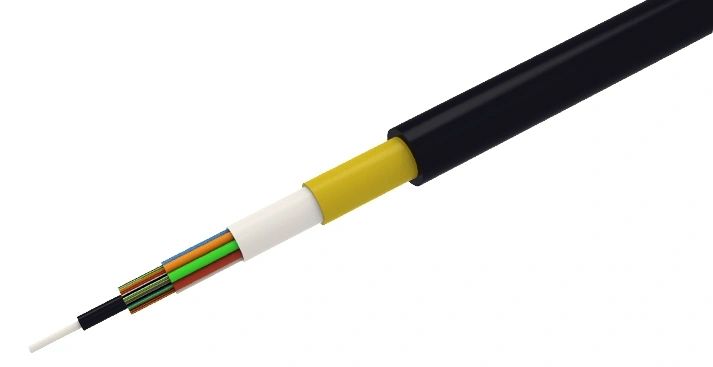Enhancing Communication Efficiency through Effective Measures

Signal transmission and interference isolation are crucial for ensuring reliable and efficient communication through outdoor cables. The following measures can be implemented to optimize signal transmission, reduce interference, and enhance overall cable performance.
1. Shielding and Cable Routing
Proper shielding is essential to protect outdoor cables from external interference sources such as electromagnetic fields, radio frequency interference, and environmental factors. Cables should be encased in shielding materials, such as metallic sheathings, to prevent signal degradation and interference. Additionally, careful cable routing should be undertaken to minimize exposure to potential sources of interference.
2. Grounding and Earthing
Grounding and earthing play a significant role in enhancing signal quality and reducing interference in outdoor cables. Connecting cables to a reliable ground or earth system helps to dissipate unwanted electrical currents and reduce the risk of signal loss or distortion. Proper grounding techniques, including utilizing grounding rods or plates, should be employed to ensure effective isolation from interference sources.
3. Surge Protection and Lightning Arresters
Outdoor cables are susceptible to damage from power surges, particularly during electrical storms. Installing surge protection devices and lightning arresters at regular intervals along the cable route provides defense against sudden voltage spikes and potentially catastrophic damage. These protective measures divert the excessive energy caused by lightning strikes to the ground, safeguarding the cable infrastructure and preserving signal integrity.
In conclusion, implementing measures such as proper shielding, cable routing, grounding, surge protection, and lightning arresters greatly contribute to the reliable signal transmission and interference isolation of outdoor cables. By adopting these strategies, communication efficiency can be improved, ensuring uninterrupted connectivity and minimizing the impact of external factors on cable performance.



